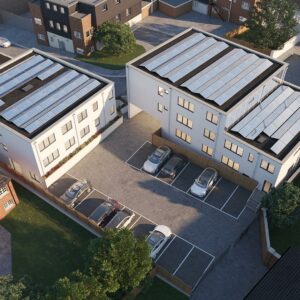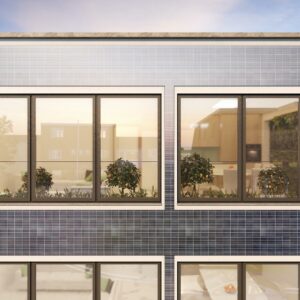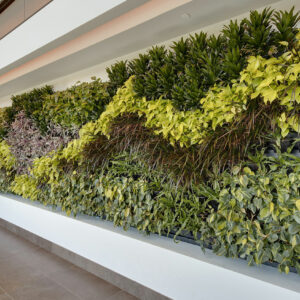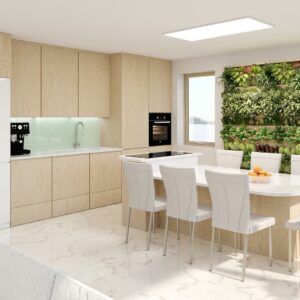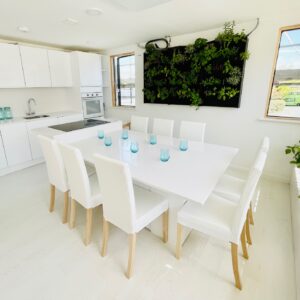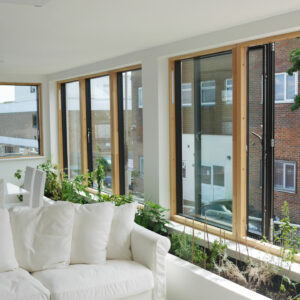Architect
Stickland Wright
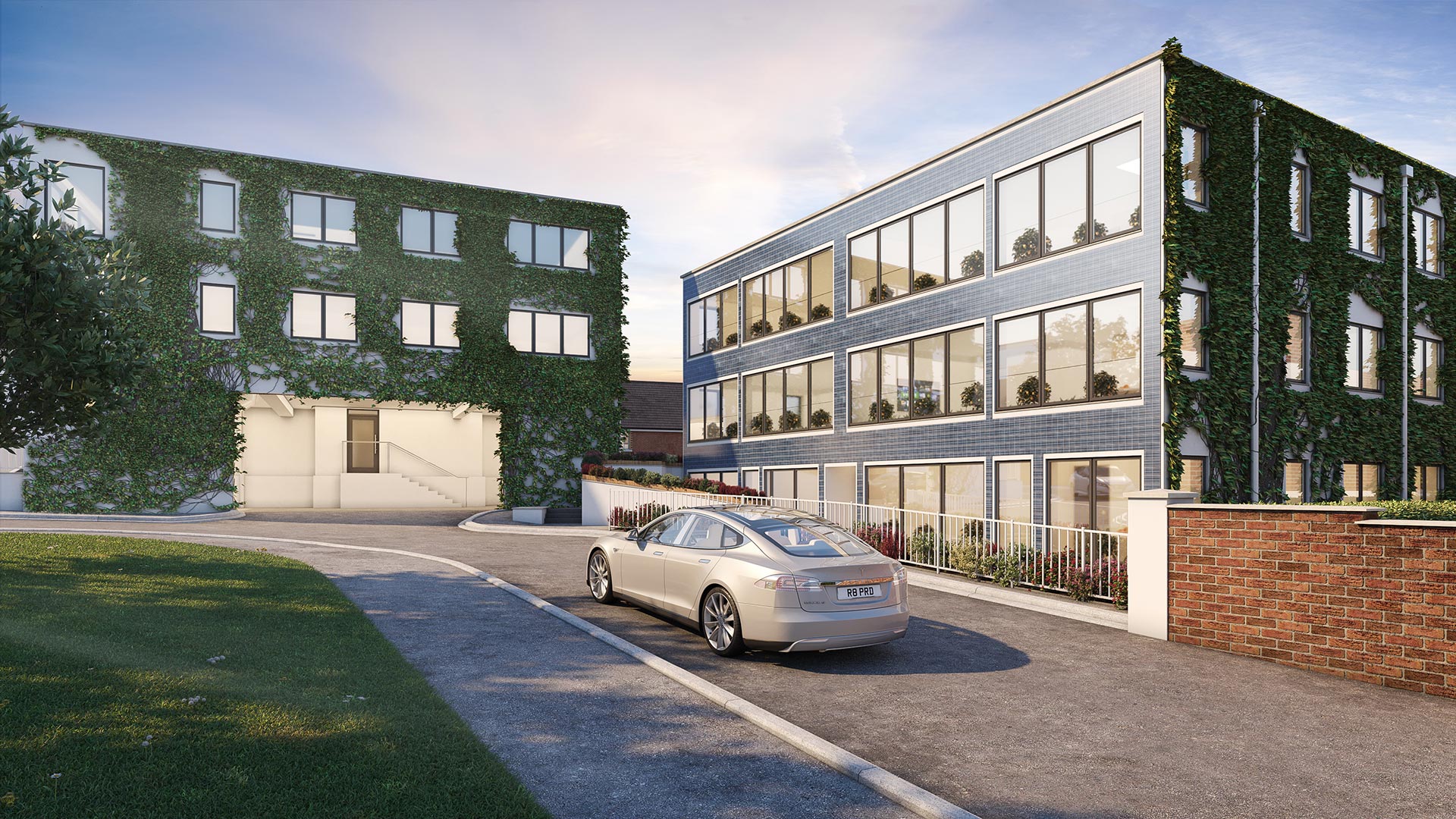
COMFORT
The design focused on providing natural light to all habitable spaces via strategic fenestration with an emphasis on passive solar gain.
Thermal comfort was achieved by utilizing a fabric-first approach, which uses thermally responsive materials, such as Woodfiber insulation, to limit heat losses and mitigate overheating.
The ventilation system was enhanced using a significant amount of indoor planting to improve oxygen levels and occupant wellbeing through biophilic design.
ENVIRONMENT
Early-stage modeling using PHPP was utilized to ensure that the fabric-first and passive solar design principles would work in harmony with the other core objectives of using natural and low embodied carbon building materials.
Renewable technology has played a pivotal role in defining the project with the solar PVP arrays on the roof connected to a battery bank storage for each property, accounting for a large percentage of their overall energy use.
ENERGY
A low embodied energy strategy was a central focus of this project since its conception. High levels of thermal insulation and air tightness were achieved. Zero-carbon concrete was utilized; Ultra Zero Plus Concrete from Cemex, the 1st Net Zero Concrete = 70% substitute + 30% trees off-set = 100%.
We used all wood and waste wood in the form of wood fiber so that the product is 100% re-recyclable at end of its life. The entire project did not use any materials that give-off VOCs (Volatile Organic Compounds) to ensure that air quality remained at its highest within the flats. We produced the Kitchen Annex using stainless steel which is 100% recyclable at end of its life. For the windows we used Active House accredited Windows from Idealcombi Denmark which have 0.74 heat loss, one of the lowest in the world.
To reduce the use of water, we installed aerated showers and a water blade device attached to sinks; this lowered consumption by 10%.


